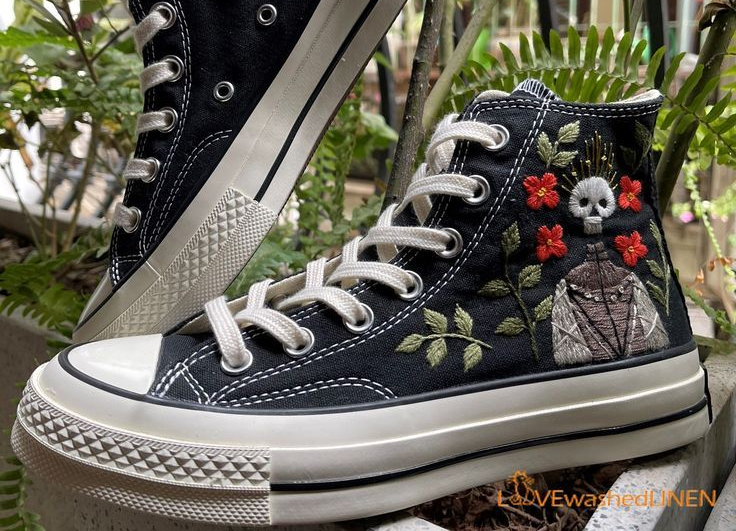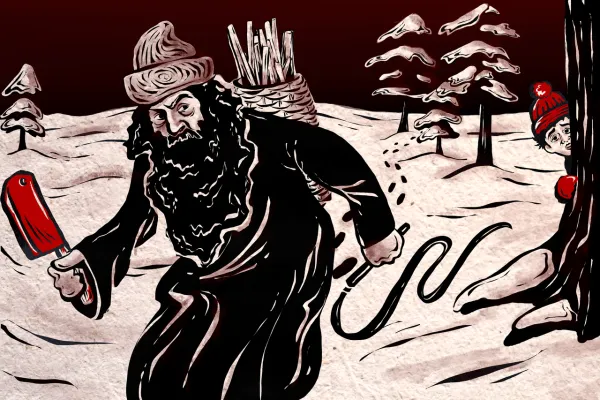Poet W.H. Auden's lover was a sex worker who stole from him

A once in a century discovery of a cache of long-lost letters has revealed how the English poet WH Auden developed a deep and lasting friendship with a Viennese sex worker and car mechanic after the latter burgled the Funeral Blues author’s home and was put on trial. Auden, a prominent member of a generation of 1930s writers that also included Christopher Isherwood, Louis MacNeice and Stephen Spender, described his unconventional arrangement with the man he affectionally called Hugerl in the posthumously published poem Glad. “Our life-paths crossed,” it reads, “At a moment when / You were in need of money / And I wanted sex”. But little was known about the life and full criminal history of Hugo Kurka until Auden scholar Helmut Neundlinger mentioned his name in an Austrian TV programme occasioned by the 50th anniversary of the poet’s death in 2023. The next morning, Neundlinger received an email from a woman who had grown close to Kurka and his wife after they settled in the Austrian countryside in the 1990s and inherited their belongings after they died of cancer. (via The Guardian)
A 77-year-old cyclist survived for three days after a crash by drinking red wine

A French cyclist survived for three days after a horrendous 130-foot fall into a ravine, kept alive by the bottles of red wine he had in his shopping bag, police said. The 77-year-old missed a bend on his bike on his way home from the supermarket on a lonely road in the mountainous Cevennes region, careening down a rocky slope and into the ravine near Saint-Julien-des-Points. Unable to climb out, the man tried to shout every time a vehicle passed. But no one heard his cries. As the hours turned into days, he was sustained by the bottles of wine he was taking home to his caravan, rescuers said. Finally, passing roadworkers heard him yelling and spotted the twisted frame of his bicycle. A helicopter airlifted him to hospital, with rescue doctor calling his survival "a miracle ... given the cold and the rain, with almost nothing to eat or drink" other than the wine. (via CBS News)
Scientists have solved a centuries-old mystery surrounding a New York lake

For centuries, something beneath Seneca Lake in upstate New York has been making a very loud, very disturbing noise. Locals called it the “Seneca Guns,” a cannon-like boom that erupted without warning and rolled across the water like distant thunder. The Seneca people once said it was the voice of an angry spirit. Early settlers blamed ghostly soldiers still fighting the Revolution. James Fenimore Cooper turned it into myth in his 1850 story The Lake Guns. Every few years, the lake would roar again, then fall silent, as if taunting anyone who tried to explain it. Now, after hundreds of years and a stack of wild theories, scientists finally have an answer. A joint research team traced the mysterious sound to methane gas erupting from beneath the lakebed. Pressure builds underground for years until it bursts through the sediment, sending a giant bubble to the surface. When that bubble explodes into the air, it triggers a shockwave that sounds like a literal cannon blast. (via Vice News)
Hi everyone! Mathew Ingram here. I am able to continue writing this newsletter in part because of your financial help and support, which you can do either through my Patreon or by upgrading your subscription to a monthly contribution. I enjoy gathering all of these links and sharing them with you, but it does take time, and your support makes it possible for me to do that. I also write a weekly newsletter of technology analysis called The Torment Nexus.
For regulatory purposes Converse All-Star sneakers are actually slippers

Beloved by 1960s basketball stars, weightlifters, skaters, and teenagers alike, Converse All-Stars have become an American staple. I love my Chuck Taylors (I have owned the same pair since seventh grade) and have worn the soles to bare treads. All-Star fanatics may notice felt on the sole of their shoes along the outline, toe, and heel. While at first glance the fuzzy lining seems deliberately placed, in reality it serves no functional purpose. Converse (now owned by Nike) uses tariff engineering to import shoes at a lower cost. As of 2015, the tariff on imported shoes in the United States could reach as high as 37.5 percent, while a tax on imported slippers stayed at 3 percent to 12.5 percent. The felt lining on the bottom of the sneakers allows Converse to classify their product as slippers, so the company benefits from a much lower tariff rate. Tariff engineering traces back to 1881. Sugar was taxed based on its grade and quality, which led an importer to color it with molasses, lowering its grade.(via Sound Economics)
She invented the modern coffee filter and changed the way we brew coffee forever

Amalie Auguste Melitta Bentz was a German inventor and entrepreneur known for revolutionizing the process of coffee brewing with her invention of the coffee filter. She was born in Dresden, Germany, to a family of craftsmen. From her early years, she demonstrated an ability to notice and find solutions to practical problems. She married Hugo Bentz and had three children. It was in managing her household that she discovered a new and better means of brewing coffee. Coffee was typically prepared with percolators which would often over-extract the coffee, giving it a harsh taste. Cloth filters were available, but were difficult to use. Bentz looked for a solution that would result in better-tasting coffee. In 1908, she took a sheet of blotting paper from her son’s school notebook and a perforated brass pot, and from these she created the first coffee filter. This device filtered out coffee grounds and oils. She received a patent for her design on July 8, 1908, introducing the drip coffee filter that is in common use today. (via Wikipedia)
What it's like to be surrounded by a school of sardines while scuba diving

Acknowledgements: I find a lot of these links myself, but I also get some from other newsletters that I rely on as "serendipity engines," such as The Morning News from Rosecrans Baldwin and Andrew Womack, Jodi Ettenberg's Curious About Everything, Dan Lewis's Now I Know, Robert Cottrell and Caroline Crampton's The Browser, Clive Thompson's Linkfest, Noah Brier and Colin Nagy's Why Is This Interesting, Maria Popova's The Marginalian, Sheehan Quirke AKA The Cultural Tutor, the Smithsonian magazine, and JSTOR Daily. If you come across something interesting that you think should be included here, please feel free to email me at mathew @ mathewingram dot com



